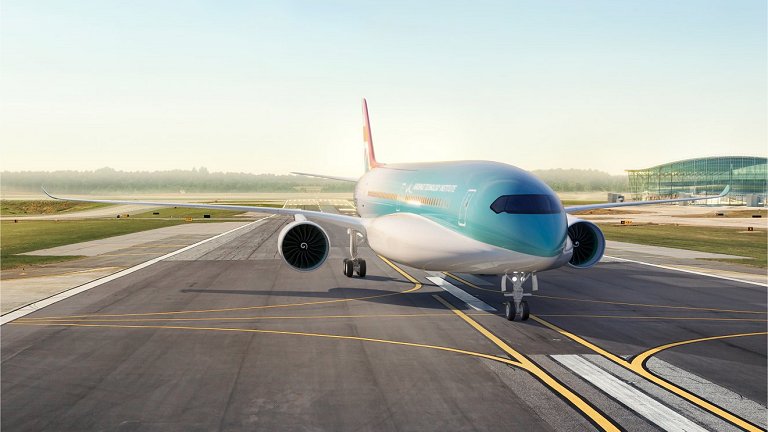TECH

The FlyZero consortium, funded by the UK government, presented its final report, with the project of three hydrogen-powered planes(image above).
The aim is to give the aviation industry aircraft that can go anywhere in the world without carbon emissions.
Liquid hydrogen is a lightweight fuel that has three times the energy of kerosene and sixty times the energy of lithium-ion batteries per kilogram; and it does not emit CO2 when it is burned.
The main project is an aircraft capable of carrying up to 279 passengers at the same cruising speed as current planes. A range of 9,700 km makes it possible to fly between any two destinations on Earth with just one stopover.
So, from the UK, destinations including San Francisco (8,637 km), Delhi (6,745 km), Beijing (8,174 km), Vancouver (7,602 km), Mexico City (8,917 km) and Rio de Janeiro (9,228 km) are within reach without refueling. In turn, destinations including Auckland (18,355 km), Sydney (17,016 km) and Honolulu (11,647 km) are within reach with just one stopover.
The proposal for a larger, longer-range aircraft will allow for the concentration of necessary new infrastructure in fewer international airports, accelerating the roll-out of a global network of zero-carbon flights.
But the project also conceptualized two types of smaller aircraft, one intermediate and one for regional flights, both aimed at adopting hydrogen as the main aviation fuel in the UK and on flights to Europe.
Externally, hydrogen planes look a lot like today's kerosene-burning planes, but internally there are many differences, including wings without fuel tanks (dry wings), hydrogen tanks, cryogenic cooling systems (to keep the hydrogen liquefied) , fuel cells for electric power generation and hydrogen gas turbines.
And the project didn't just stop at design: The experts gathered under the FlyZero project promised to publish all technology roadmaps, market and economic reports, as well as a hydrogen aviation sustainability assessment early next year.
Liquid hydrogen used as fuel is stored in cryogenic tanks at around minus 250 degrees Celsius in the rear fuselage and in two smaller tanks along the front fuselage, which give the plane its characteristic double-cheek appearance.
These side tanks also serve to keep the aircraft balanced as the fuel is burned and eliminate the need for any additional aerodynamic structures.
The dry wings, with a wingspan of 54 meters, support two turbofan engines powered by hydrogen combustion. The burning of hydrogen causes it to bond with oxygen, releasing water vapor.
However, the high temperatures of aircraft engines cause oxygen to combine with nitrogen as well, releasing NOx gases, albeit in small amounts. This means that hydrogen planes will not be 100% free of greenhouse gas emissions - hence the "carbon-free" claim.
[Image: FlyZero/ATI]

No comments:
Post a Comment